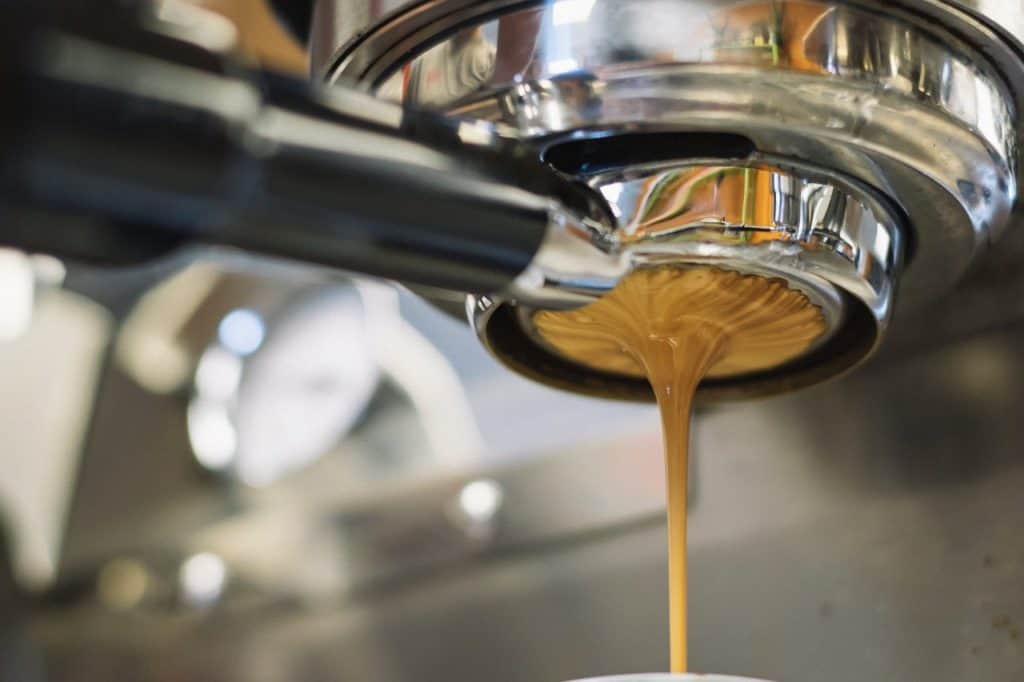An espresso is not really an espresso without a golden-brown foam layer on top. But did you know that there is a name for this layer of foam? Namely crema. We’ll tell you all about it.
The history of crema
The name crema originally comes from Italy. The man named ‘Achille Gaggia’ produced an espresso machine that was brewing at a much higher pressure than other machines. This creates a weird foam on top. To turn this into a positive point, he advertised his machines with the promise of a ‘Natural cream coffee’. At some point, that Italian word becomes an English word to represent the foam on an espresso.
Crema
Crema is the name for the layer of foam that lies on top of your espresso. Not only does it look tasty, but it also says something about the espresso in front of you. From the foam layer, you can tell if the coffee is of good quality. Things you can look at are the color and thickness of the layer. It’s also important how long the foam layer is visible.
The creation of crema already begins in the roasting process. By roasting coffee beans, you generate CO2. If the roasted coffee bean is fresh, the CO2 will still be there when you grind them. The excess CO2 will dissolve in the coffee and when you brew the coffee, the pressure will be released. It kind of looks similar to a soft drink. At that moment, the layer of foam has formed. With espresso, the layer is much finer compared to soft drinks, but the principle is the same.
The quality of your espresso
But what exactly can you find out from these points? A thin layer of crema that dissolves quickly is not a good sign. It could be that the beans are too coarsely ground or that the coffee is old. A light color crema doesn’t bode well either. Then your espresso probably has a light taste. This is often the reason for too cold water or too little coffee. If the layer is too dark then the water was probably too hot. It may also be because of the finely ground beans. This is not good either.

Want to learn more about coffee and roasting? Read our blogs.





